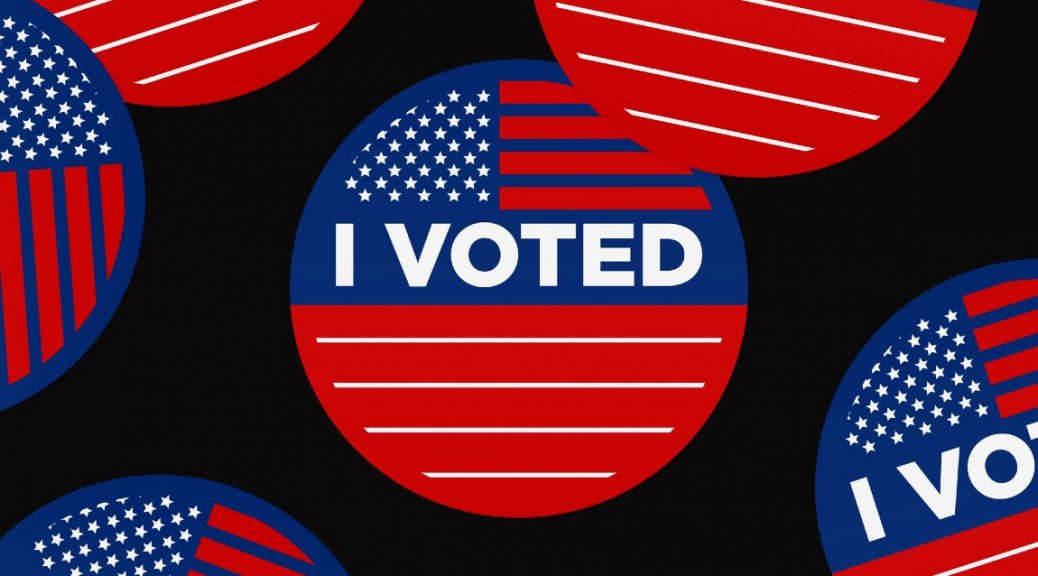In American elections, it doesn’t matter who is the favorite in the race. Even with a majority in the pocket, both Donald Trump and his rival Joe Biden could lose. So, for example, it happened in 2016, when 48% of voters voted for the Democrat Hillary Clinton, and only 46% for the current American president.
This is because, unlike most other countries, the outcome of the US presidential election does not depend on who gets the most votes. The winner is determined by the so-called “electoral college”.
What is an electoral college and how does it work?
The Electoral College is a group of representatives from each of the 50 US states who vote for the president. Each state is assigned a certain number of electors, depending on how many people live in it. California, for example, has 55, and Wyoming has three.
Typically, electors support the candidate with the most votes in a given state. It turns out that whoever wins the California popular vote will receive another 55 votes from the electoral college.
To win, a presidential candidate must receive at least 270 votes from the electoral college. There are 538 electors in the United States: 435 state representatives, 100 senators, and three additional voters from Washington.
How did the electoral college system come about?
When the founding fathers of the United States – the group of politicians who developed the foundations of American statehood – wrote the Constitution in 1787, they wondered how to choose the right president and vice president of the country.
After the end of the war with the British monarchy, politicians were concerned that the executive branch might be too powerful. Historians argue that some of the founders of the United States did not trust direct democracy, while others were worried about balancing the interests of individual states.
“Some wanted the president to be elected by Congress, and some wanted him to be independent from him. The constitutional convention was drawing to a close, the delegates were tired. In the end, they came to a compromise and decided that the states should choose the president. not Congress, “said David Redlavsk, professor of political science at the University of Delaware.
Many historians argue that the slave trade also influenced the American electoral system. The compromise found during the convention allowed the southern states to get more votes in the elections at the expense of the slaves living in these territories. Historians call this a three-fifths compromise.
Each state now elected a certain number of electors, each of whom had two votes. An elector could not cast both of these votes for people living with him in the same state. This limitation eliminated the possibility that electors would vote only for representatives of their state. The person with the most votes became president, and the runner-up became vice president.
The electoral college system was changed after the 1800 elections, in which the House of Representatives was forced to determine the winner after a draw between Thomas Jefferson and Aaron Burr.
The 12th Amendment to the Constitution, ratified in 1804, created a system that is still in use today. Voters vote for the president and vice president separately, which is why multiple candidates cannot win the majority of the vote in a presidential election.
“The system was not thought out carefully, it was created before there were political parties, so no one could know how it would work with the existence of political parties and the electoral college,” said Redlavsk.
Fluctuating states
In the United States of America, the two main political parties are the left-wing Democratic Party and the conservative Republican. Most states predictably vote either Democrats or Republicans over and over again. In several states, the results are often less obvious. As a rule, candidates work hard there during the election campaign.

These states in 2020 include, inter alia, Pennsylvania, Michigan, Wisconsin, Florida, Iowa, and Ohio. States that used to vote Republicans like Arizona, North Carolina and Georgia are also considered potential swing states this year.
What are the contradictions?
The electoral college gives “small states much more power in choosing the president than their populations require, compared to large states,” says Redlawsk.
For example, California has 55 votes and Wyoming has three, despite the fact that California’s population is about 68 times that of Wyoming.
In addition, the collegia in all but two states distribute votes on a “winner-take-all” principle. “This means that those who vote for the candidate who did not win in the state, in fact, are not reflected in the results,” – explained Redlavsk.
This is why you can win the popular vote but lose the election. However, despite the criticism, the system is unlikely to change, as changing the system requires amending the Constitution.
